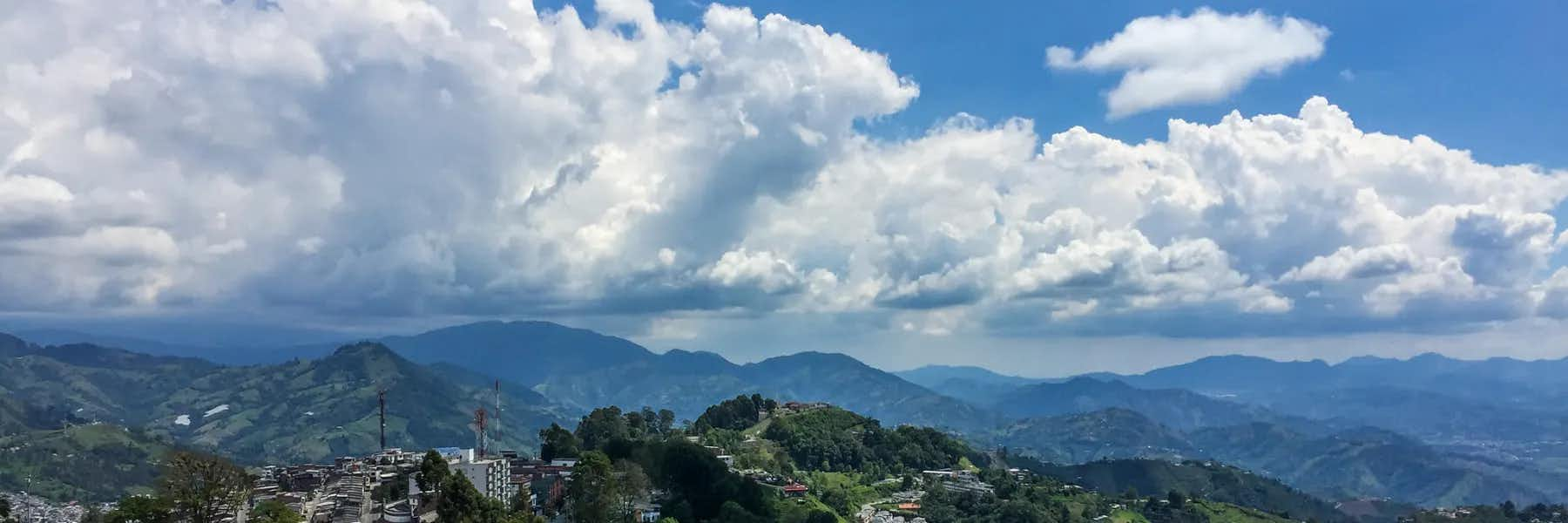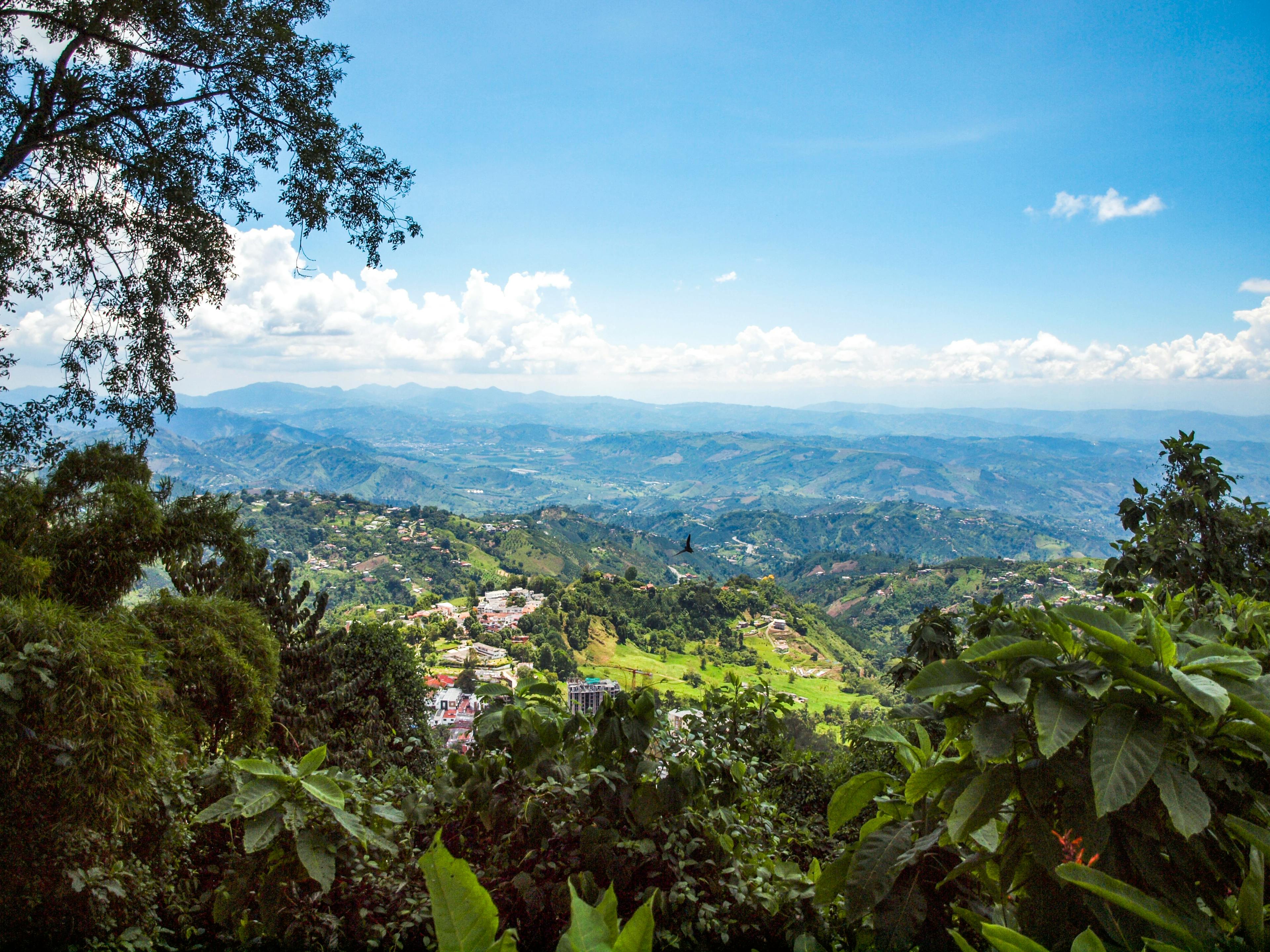Colombia is just beginning to be discovered by expats as a great place to retire. This breathtakingly beautiful country has grown and developed over the past two decades, attracting more visitors, expat residents, and foreign investment every year.
Living in Colombia varies from enjoying lush, green mountain cities, and villages…sparkling Caribbean waters off of white, sandy beaches…cosmopolitan bustling cities filled with ethnic restaurants, cultural events, and upscale shopping…relaxed life in the center of coffee country…quiet, rural colonial towns, and villages… and of course, the Amazon tropical rainforest.
International festivals for salsa dancing, jazz music, gastronomy, and art are celebrated in cities throughout Colombia, as well as countless local events. It seems the Colombian people just love to celebrate nearly every aspect of their lives.
Colombia is situated at the northern tip of South America, making it easily accessible from the U.S., Canada, and Europe. A variety of airlines, including JetBlue and American Airlines have regular flights into Colombia’s major international airports. These are located in the capital city of Bogotá, in Medellín, in Cali, in the coastal cities of Cartagena and Santa Marta, and Pereira in the coffee zone.
Where to Live in Colombia
The Mountains
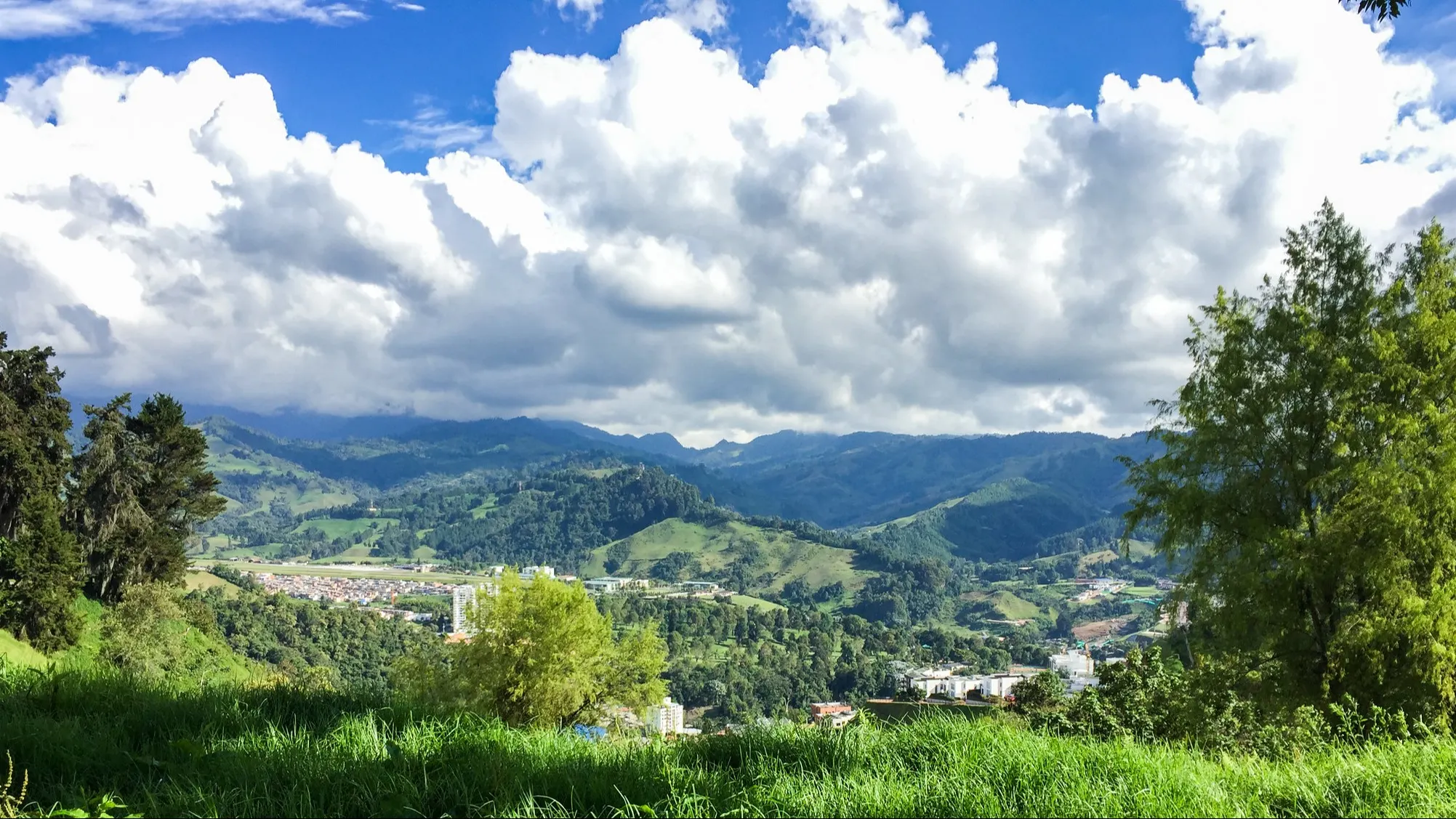
Many expats are drawn to the temperate climate and first-world lifestyle that Colombia’s second largest city, Medellín, has to offer. At 5,000 feet above sea level, Medellín has daytime high temperatures in the mid-80s F, dropping to the 60s F in the evening. The city boasts 30 universities, numerous museums, concert venues, and so many restaurants that you will have difficulty deciding where to eat. Even though there are almost 3 million inhabitants, the city really feels more like many neighborhoods strung together, than a major metropolis. With world-class healthcare, excellent-value real estate, and a solid infrastructure that includes Colombia’s only Metro system, it is easy to see why Medellín continues to grow as a retirement destination.
Would you rather live in a smaller pueblo than a big city? Rionegro has picturesque green rolling hills, cooler mountain air, and a tranquil environment. The area is attracting expats who want to live away from the hustle and bustle of city life in Medellín, but still want access to the amenities. Just a quick 45-minute drive from Medellín, Rionegro is a beautiful town with a population of 80,000. Due to its nearly 7,000 feet of elevation, the climate is cooler than in Medellín, especially at night. Year-round daytime highs average 75 F which is perfect for outside activities such as walking, hiking, horseback riding, or just relaxing on your patio with a cup of coffee, tea or an adult beverage. In the evenings the temperature dips down to a cool 50 F, so a sweater or jacket is necessary to be comfortable. Many homes have wood-burning fireplaces in the living room, and chimeneas (terracotta chimneys) on the patios which help keep the evening chill at bay, while offering a cozy, relaxed ambiance.
If you like the idea of the climate and city lifestyle of living in Medellín, but aren´t sure you would be comfortable living in a city with 3 million people, then you should consider Bucaramanga (pronounced boo-kara-MAN-ga). With a very similar spring-like climate, Bucaramanga is about one-third the size of Medellín with just over 1 million residents. Bucaramanga is perched on a mesa in the heart of the Andes mountains not far from the border with Venezuela. You are surrounded by deep green mountain views, but in an environment that has flat, pedestrian-friendly streets so you can easily walk around the city. Sprinkled in and around the residential and business areas are 160 beautiful parks—welcome oases in the midst of city life.
The cities of Salento, Pereira, and Manizales make up Colombia’s coffee triangle. Approximately five hours south of Medellín, this area has perfect conditions for growing some of the world’s richest coffee. Nestled a little higher in the Andes Mountains, the climate is cooler than Medellín. Pereira and Manizales are well-developed, moderate-sized cities with between 450,000 to 600,000 people. They have everything needed for comfortable, city life including shopping malls, universities, hospitals, restaurants, airports, and bus terminals. Salento, by contrast, is a small town of only 8,000. The quaint downtown area is a magnet for tourists, both Colombians and expats. Coffee plantation tours, horseback riding, and hiking through the Cocora Valley area to see Colombia’s national tree, the wax palm, are some of the reasons visitors flock to the area. A charming place to retire, the coffee triangle has both city life and country charm, all while sipping some of the world’s best coffee.
Popayán, in the southern part of Colombia, is a step back in time. A UNESCO world heritage site, the city is filled with beautiful 18th century architecture, historical museums, and green parks. Known as the “white city” due to its whitewashed buildings, Popayán attracts people from all over to attend Holy Week services. While not too many of its 260,000 citizens are currently expats, Popayán is a city waiting to be discovered. With affordable real estate, a mild, tropical climate, and another UNESCO distinction for gastronomy, this city is moving up in the minds of expats.
The Coast
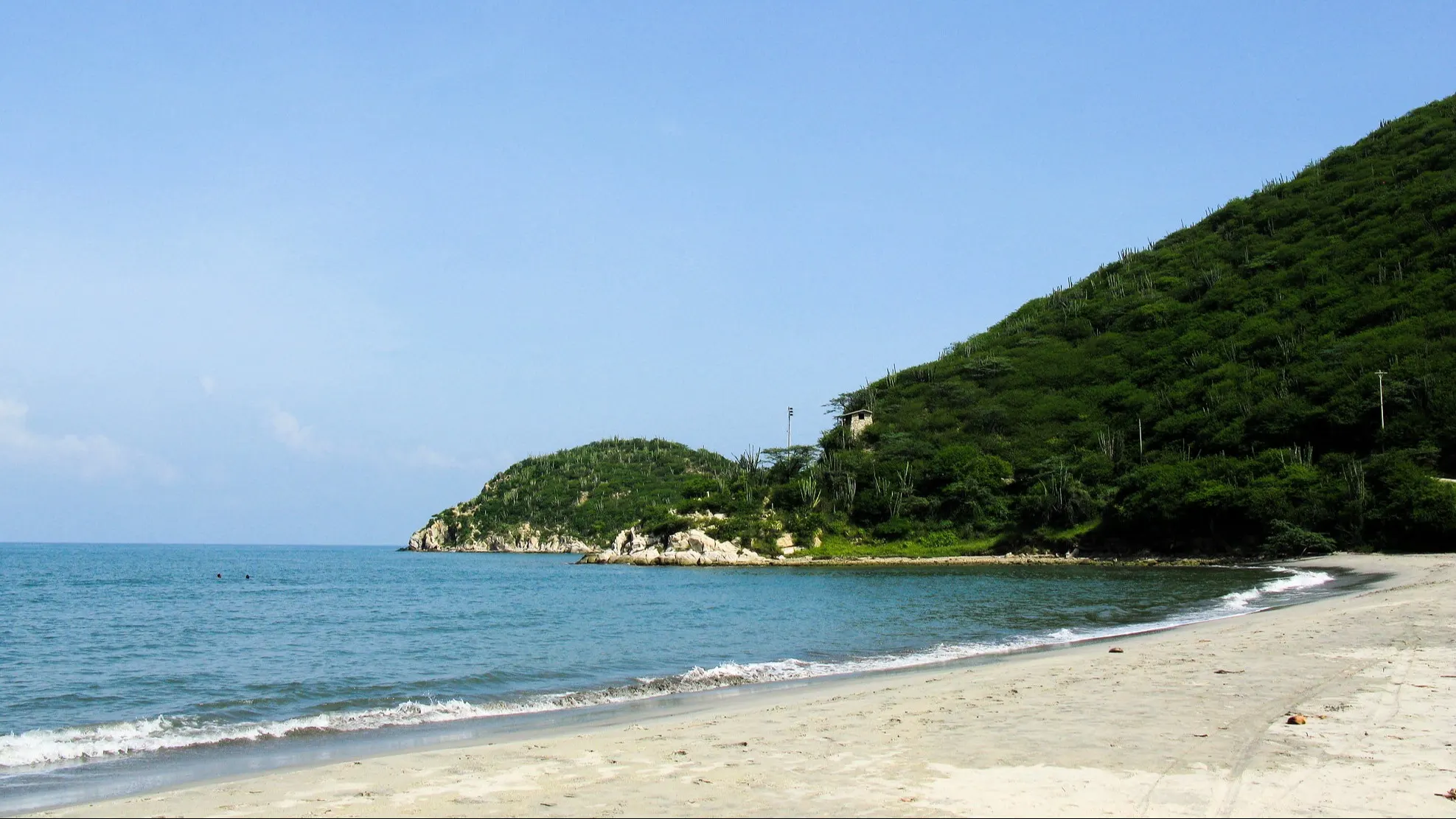
On the Caribbean coast lies Santa Marta, South America’s oldest surviving city. With a population of about 500,000, the city has a tight-knit community vibe. Expats from all over the world are settling into this gem by the sea, where they can enjoy freshly caught fish and seafood, warm, tropical breezes, and miles of white sand beaches. Santa Marta has South America’s only IGY (Island Global Yachting) destination marina. The 256 slips are filled with both recreational boaters and those who have chosen to live aboard all year long. Parque Tayrona is about an hour’s ride outside of the city. One of Colombia’s most visited national natural parks, it is home to hundreds of species of birds, plants, and sea creatures. For expats wanting a sun and sea focused lifestyle, Santa Marta is the answer.
Cartagena is Colombia´s fifth largest city with about 1 million residents. As a major tourist city on the Caribbean coast of Colombia, its international airport and cruise ship terminal welcome tens of thousands of visitors each year. Because of this influx of tourists, there are many recreational activities including bicycle riding, boating, swimming, and playing golf at a Jack Nicklaus designed 18-hole course. Cartagena is a UNESCO World Heritage Site. The old, walled portion of the city center has colonial architecture, cobble-stoned streets, and museums, shopping and restaurants. Daytime highs average in the upper 80s F with 90% humidity. So, if you like a warm, tropical climate, Cartagena is for you. Shopping is exceptional in Cartagena. Upscale boutiques, local artisanal shops and sidewalk vendors provide a variety of options for every budget. Emeralds are an especially popular item. The storyline of the 1984 movie Romancing the Stone was set in Cartagena.
The city of Barranquilla is sandwiched equidistant between Santa Marta and Cartagena along the coast. Barranquilla is the main industrial, shopping, educational and cultural center of the Caribbean Region of Colombia, making it a great option for expats wanting to start a business in Colombia. The city has 10 convention centers, more than 160 meeting rooms and 186 hotels. Barranquilla has much more to offer than just business. Usually the first thing that comes to mind about Barranquilla is Carnival. Second in size only to Carnival in Rio de Janeiro, Brazil, the event runs for the four days before Ash Wednesday and attracts over 240,000 visitors from all over the world. If you want to spend the day jumping the waves, relaxing in a lounge chair and having the ocean breeze sweep away your cares, then head out to the municipality of Puerto Colombia just 30 minutes north of the city. The beach communities of Sabanilla, Puerto Velero, and Santa Verónica have miles of sandy beaches dotted with thatched-roof cabanas and umbrellas to keep you shaded.
5 Things You Didn't Know About Colombia
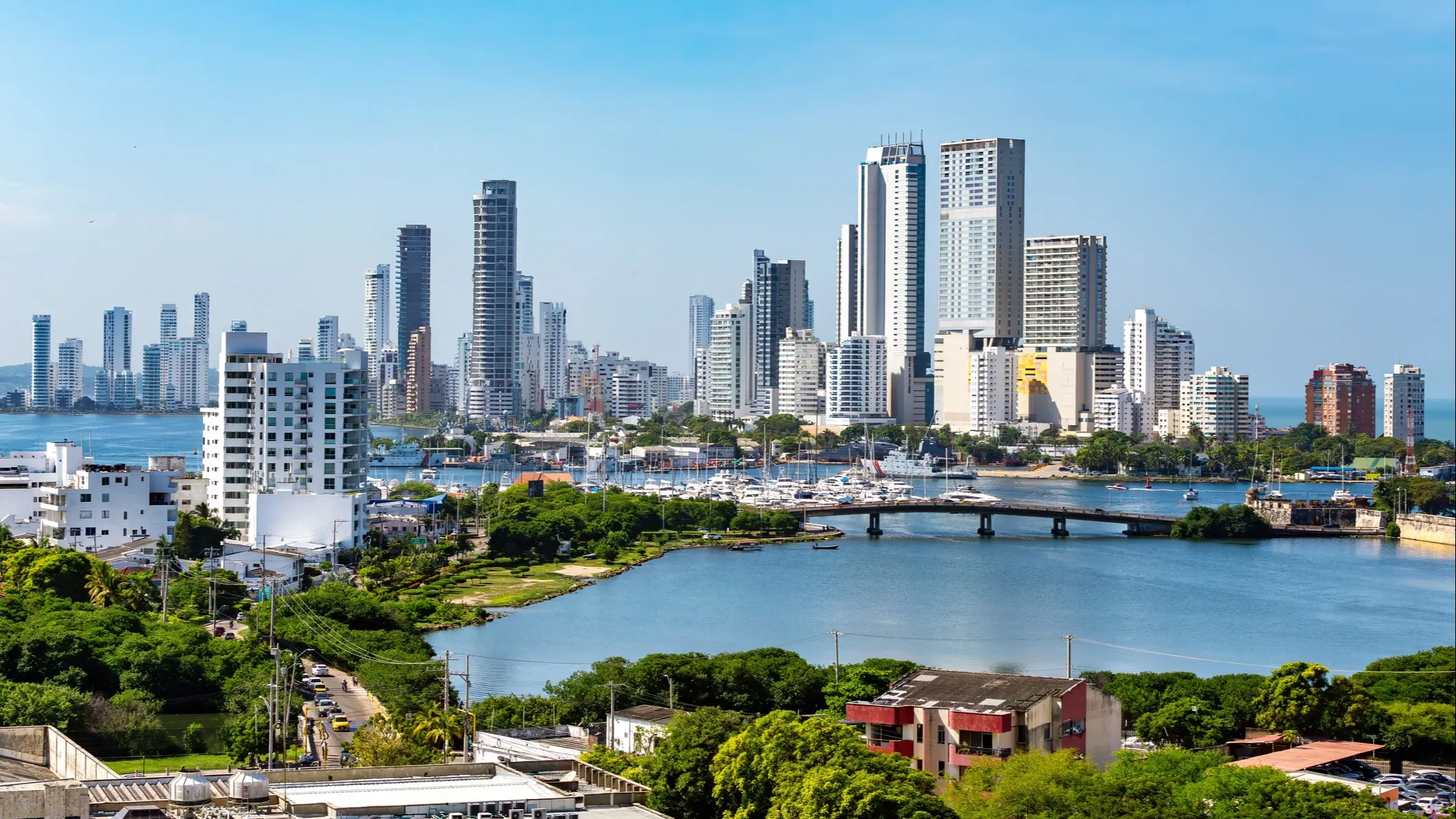
1. The National Sport is Tejo
While soccer is certainly a popular sport, the official national game of Colombia is Tejo. The game involves throwing a weighed metal puck across a court and into a clay pit that has targets (mechas) containing gunpowder. When the puck hits the target—it explodes. To make it even more interesting, many Colombians play with a beer in one hand.
2. Christmas Lasts for a Month
The Christmas season kicks off on the night of December 7th with the Night of the Little Candles. Paper lanterns and candles line the windowsills, porches, and balconies of people’s homes as well as sidewalks, streets, and parks. The holiday celebration continues with parties, church services, light displays, and fireworks until the middle of January.
3. National Pride
Every day at 6 a.m. and 6 p.m. the radio and public television stations play the national anthem. Colombia’s flag has three horizontal bands of yellow, blue, and red. Each color has a different meaning. Red symbolizes the bloodshed in the war for independence. Yellow symbolizes the natural country riches—gold. Blue symbolizes the oceans on two sides of the country.
4. How Large is Colombia?
Colombia covers 440,831 square miles, about the size of Texas and California combined. Colombia is four times larger than Ecuador, 15 times larger than Panama, and 23 times larger than Costa Rica.
5. By the Numbers
Colombia is the 2nd most biodiverse country in the world. It also has the second highest coastal mountain range in the world. Colombia is the third largest exporter of coffee in the world as well as the third largest producer of women’s lingerie. 67% of the world’s emeralds come from Colombia.
